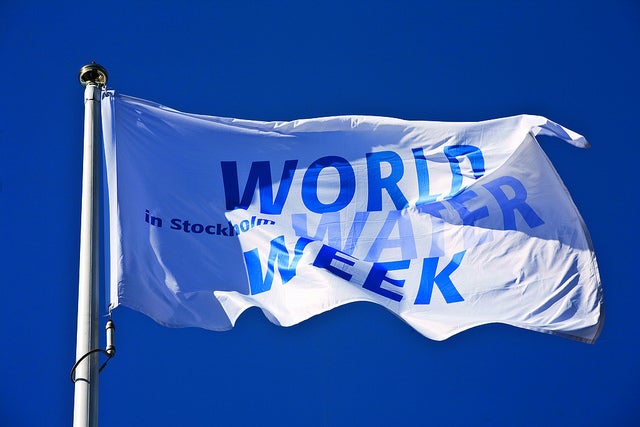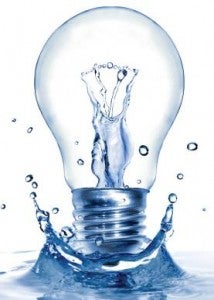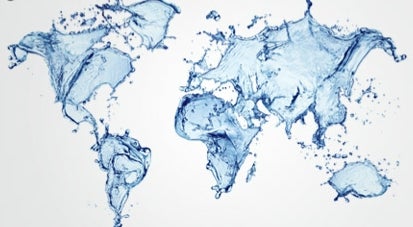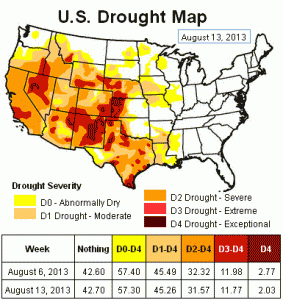2014 is shaping up to be the year of the energy-water nexus. First, the United Nation’s World Water Day centered on this topic. Then, the U.S. Department of Energy released a 250-page report on the energy-water nexus and indicated that it will be included in its Quadrennial Energy Review. And, this week, the biggest international water conference, World Water Week, is taking on the nexus.
Held every year in Stockholm, Sweden, World Water Week is led by the Stockholm International Water Institute (SIWI) and serves as a platform for over 200 collaborating organizations and 2,500 participants from 130 countries around the world to discuss global water and development issues.
In choosing the energy-water nexus as this year’s theme, SIWI and its supporters are affirming – on a global stage – what policy experts have been saying for years: energy and water are inextricably linked, and the best way to set the energy-water system on a sustainable course is to plan for both resources holistically. Read More















